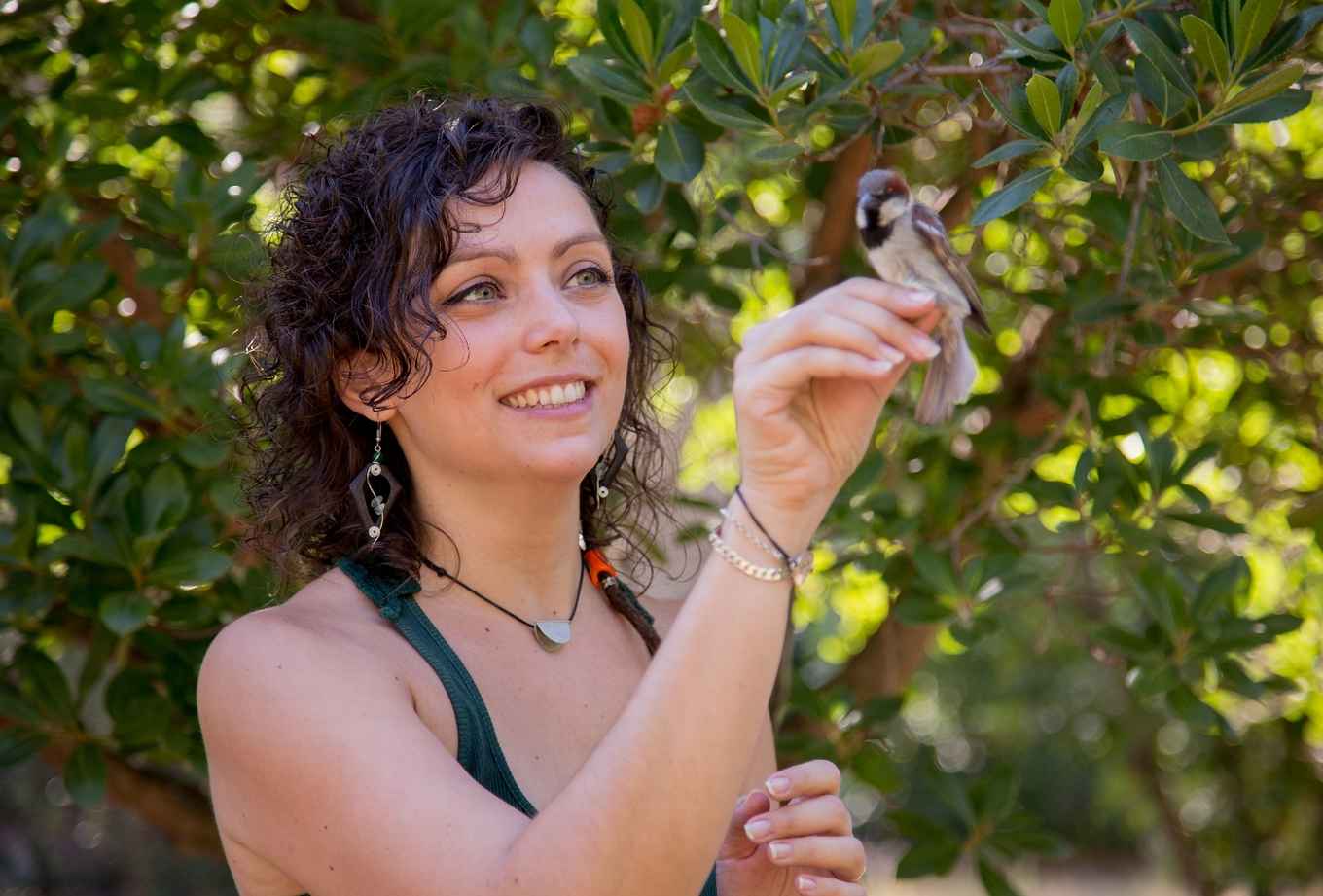Testing the dilution effect hypothesis
The more biodiversity, the less disease, or isn't it that simple?
11 August 2021

Researchers from the Doñana Biological Station (EBD-CSIC) have tested the Dilution Effect Hypothesis by using field data on the prevalence of four vector-borne pathogens - the avian malaria parasites Plasmodium, Haemoproteus, Leucocytozoon and the antibodies for the zoonotic West Nile virus - from 45 populations of wild house sparrows from southern Spain (Andalusia region). Dr. Ferraguti and her colleagues wanted to see if the Dilution Effect Hypothesis can or cannot be regarded as one universal emerging property of biodiversity. The hypothesis may operate locally under certain circumstances but, the range of species and pathogens studied might need to be broadened.
Surprises
Contrary to the predictions of Dilution Effect Hypothesis, West Nile virus seroprevalence and avian malaria parasite prevalence were not negatively associated with either vertebrate species richness or diversity. Indeed, the opposite pattern was found, with positive relationships between avian species richness and West Nile Virus seroprevalence, and Leucocytozoon prevalence being detected.
‘This surprised us much. The truth is that the idea proposed by the Dilution Effect Hypothesis is wonderful! That is, the more biodiversity, the less disease’, says Dr. Ferraguti. ‘Who wouldn't want to preserve our environments and our biodiversity, if it protects us from different pathogens?’ However, to accept such hypotheses she tested the hypothesis with field data to see if it could be validated under natural condition or better understood.
By characterizing mosquito and vertebrate communities present at different localities with diverse biotic and abiotic conditions, this research simultaneously analysed the influence of biodiversity on four avian pathogens that use multiple vector species for their transmission. Researchers found no support for the Dilution Effect Hypothesis as a general process operating on vector-borne pathogens. This suggests that any relationship between host and/or vector biodiversity and pathogen prevalence will depend heavily on host community composition and the characteristics of the pathogen.

What’s next?
If researchers could apply a ‘One Health’ approach to their research, they could - one day - fully understand the ecological factors that favour pathogen dilution and the frequency with which these conditions occur in nature. It is necessary to study which classes, or groups of animals are key to be protected. It is also necessary to find out which are the competent hosts for each pathogen.
Take home message is and will always be to protect the environment and the animals we share it with, because under the One Health concept our health, the health of the world we live in, and the health of the animals we share it with, are all interconnected. This is something humans have learned the hard way with the recent COVID19 pandemic.
Dr. Ferraguti used to work at the EBD-CSIC, and at the University of Extremadura, in Spain, and has started recently a Marie Curie postdoc at IBED. She is now focussed on slightly different work: ‘Right now, I will focus on more theoretical research topics, approaching the transmission of vector-borne diseases from a mathematical perspective.’
Publication:
A field test of the dilution effect hypothesis in four avian multi-host pathogens
23 June 2021
Martina Ferraguti, Josué Martínez-de la Puente, Miguel Ángel Jiménez–Clavero, Francisco Llorente, David Roiz, Santiago Ruiz, Ramón Soriguer, Jordi Figuerola.